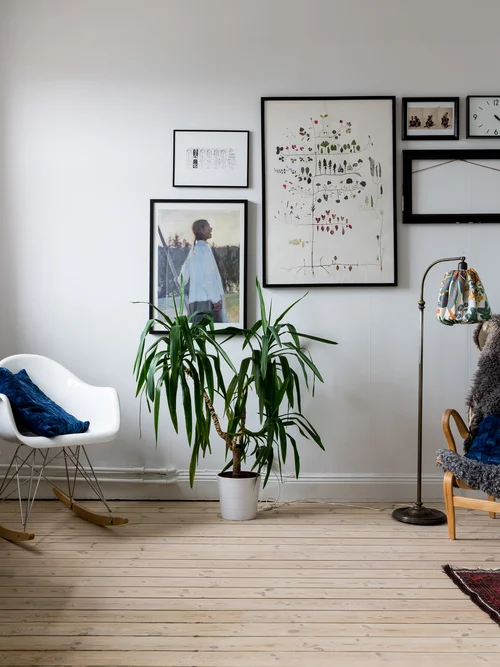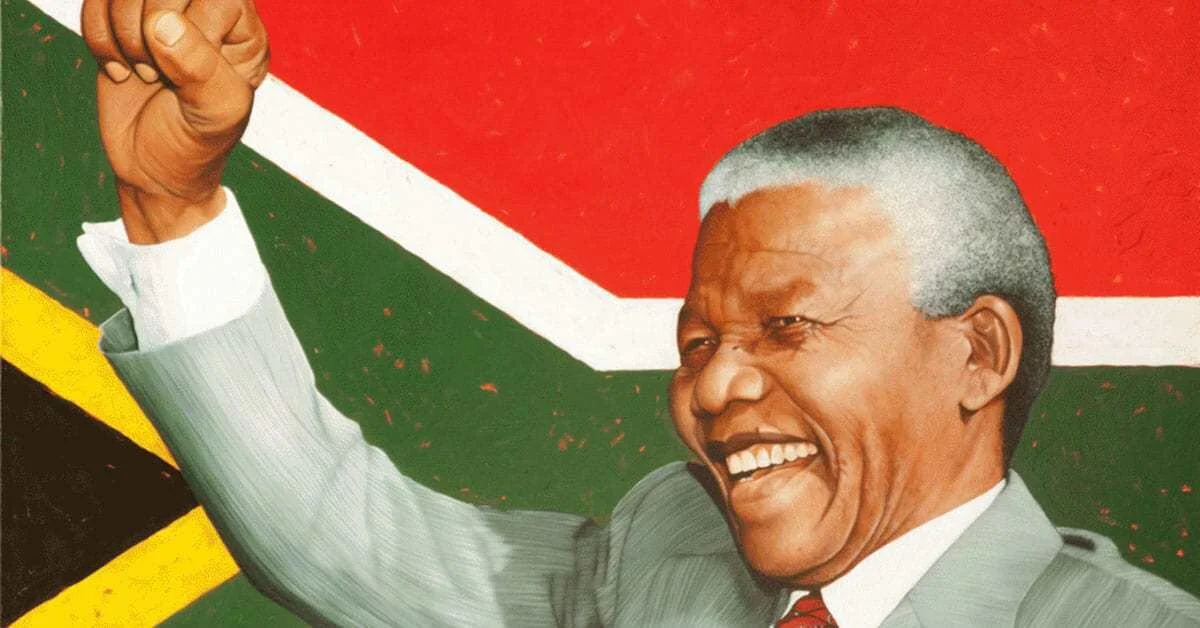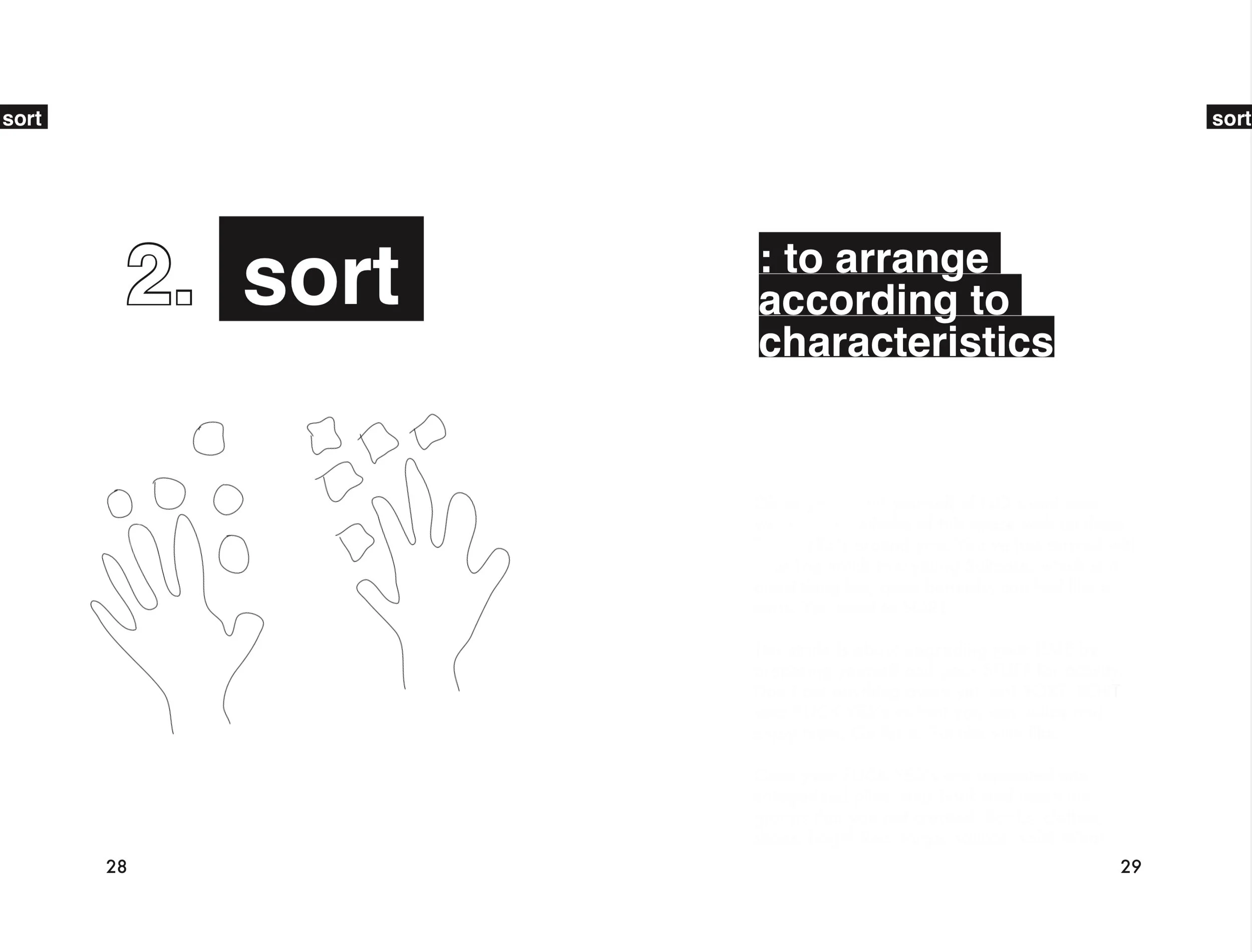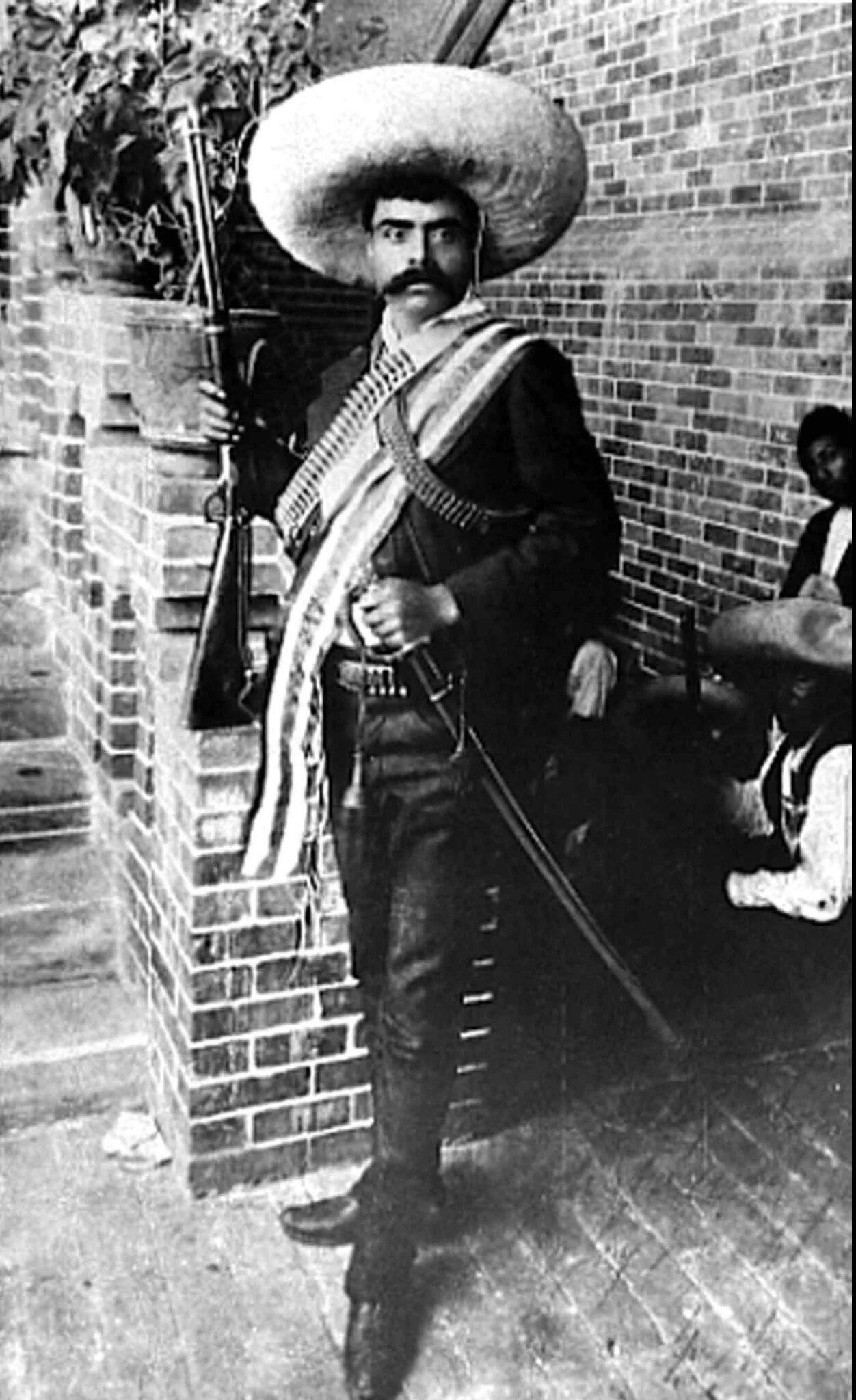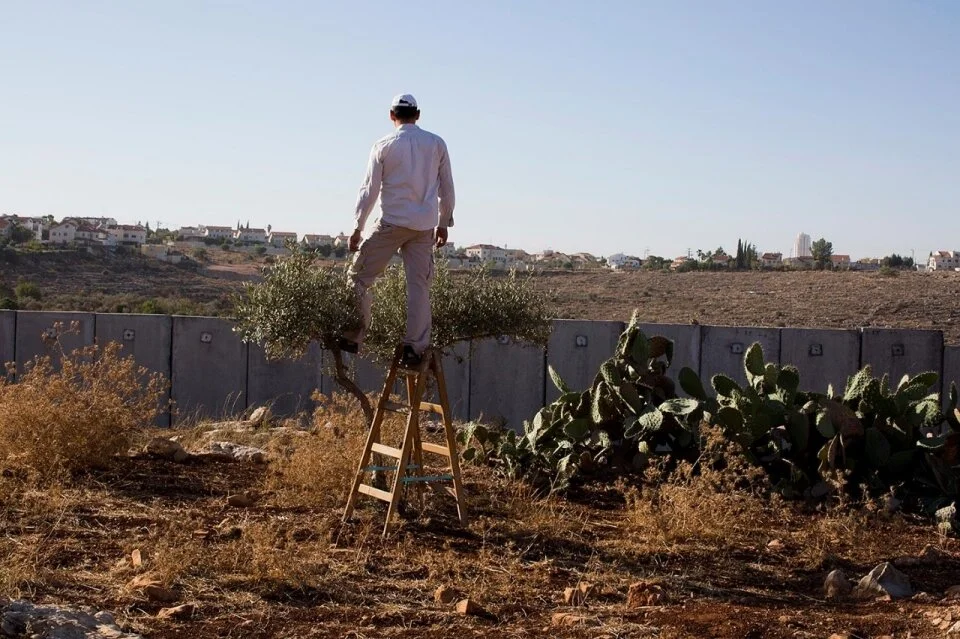CP 23 🤲🏽 Categorization Is Architecture
The only path to liberation is revolutionary sorting
Welcome back! This playlist is a continuation of last weeks, dedicated to voice. It’s a super stunner, striking that perfect balance between background vibes and ‘must sing along.’ Enjoy, pal.
Categorization is a type of architecture that we build. It has a high likelihood to be or become oppressive, mostly, because we don’t realize the power in sorting.
At its most basic, sorting is putting like with like. Simple. But what makes something likesomething else? It doesn’t take very long putting blue with blue and square with square to realize that the criteria by which we sort is the chief change-making component in this process and that, to put it plainly, certain criteria matter and other criteria don’t. Healthy and productive sorting will utilize criteria that highlights relationships; Namely, our relationship to the things we’re sorting (what we do with them and why).
When you’re going on a camping trip you gather a collection of things that are relevant to the trip. In a sense you’re creating a category “camping trip.” The criteria is clear and highlights your relationship to the stuff and the space you’ll be in. You are grouping in service of a good trip. The criteria supports the living of you and the using of the stuff to experience the fullness of being alive, really.
In this case, because you have a clear intent to go camping, it’s obvious that no other category and no other criteria would do. It would not help you to bring all your blue things or all your square things with you because color and shape are largely irrelevant to this trip.
I’m using this example because it helps clarify how productive sorting can be and also how naturally functional sorting can come to us when we have a clear intent in mind.
There are depths and depths of untapped potential and unrealized responsibility in the act of sorting. Deep functional sorting is a tool for liberation.
Some ways of organizing are intentionally oppressive from their origin. This is the truth. In addition to that, we have a largely automatic inclination to sort life by making meaning and categorizing. This results in the constant creation of structures that very quickly, just by the mere expansion and growth of our consciousness, become isolating, unsupportive, and (in that way) oppressive. It happens sneakily, in particular with categorization, because we forget that we are the makers of the categories and that we can/should deconstruct them if they’re no longer working for us. (The gender binary, for example)
It’s not that sorting, categorization, or the structures we create with these processes are problematic. What sorting, categorization, and structures are… is powerful. And just like anything that is powerful, that potential needs to be wielded with awareness, responsibility, wisdom, and vision. Like fire, for example.
Oppressive structures gain their power and momentum in our unknowingness, in our automatic perpetuation of them, (blind spots: the power that is too comfortable to check, the trauma that is too painful to approach, the forgetting that sorting is active and entirely (de)(re)constructible).
Deep functional sorting (revolutionary sorting!) is the only way of deconstructing and rearranging the structures that are in a constant state of being made and a constant state of gaining momentum.
Deep functional sorting has the potential to be revolutionary because it is the act through which we get to ask ourselves extremely important questions…
what criteria unites, what criteria seperates, what characteristics are important to distinguish, which characteristics are irrelevant or inhumane to sort by, what is the function of our sorting, what is the consequence of our sorting, is it ethical, is it liberating, is it supportive; does it highlight relationships or does it isolate; does it promote movement, energy, and life or does it create stagnation, inertia, and pain?
The potential within deep functional sorting is distinctly more transformative than sorting by criteria like color and shape which is what I would call surface sorting. Surface sorting can play an extremely functional role both as a way of getting into the work of a gigantic mess or adding final aesthetic touches to arrangements. I’m not discounting what it can do at the right time and place or the visual pleasure of a color-coordinated bookshelf, but this is truly .001% of what sorting can actually do for us.
Even on the scale of your immediate life and home, not only will progress be minimal with surface sorting (aka ‘just pushing stuff around’ aka superficial organizing) you can actually tire yourself out and end up in a really tangibly depressive rut that becomes harder and harder to figure out.
The way that inadequate sorting manifests in our personal lives and homes is the smallest iteration of the type of oppressive structures we perpetuate and get trapped in by not knowing the power of sorting. If you can recognize the realness of this in a single home you can see how the same type of organizational errors take place on a much larger scale, yes?
This is exactly the type of rearranging/deconstructing/emerging we are needing/wanting/doing right now. If you yourself feel like you don’t fit neatly into the current containers or that you exist in between spaces, recall that you and your essence came before the categorization.
If you have a drawer of blue socks and a drawer of red socks, you don’t then curse the green sock because it doesn’t fit the categorization.
What you do is you recall that the categorization itself is a designed construct. Not just that- it’s one you may have created as recently as yesterday and that you can reconsider as soon as today. Sorting is without a doubt the most powerful organizational action we can play with.
Holding space for the goodness in us to be at the center of the future we construct,
Loretta
Images
Painting of Nelson Mandela with a smile and a raised fist in front of the South African flag
Spread of the Sort chapter in my book Place Time Stuff & the only 5 actions you need to organize your life
Black and white portrait of Emiliano Zapata, Mexican revolutionary, an image we had framed in our living room when I was a lil one
Photo of a Palestinian man taking a look at his olive trees beyond the constructed barrier
Photo of the “Hispanic” food section of a grocery store
